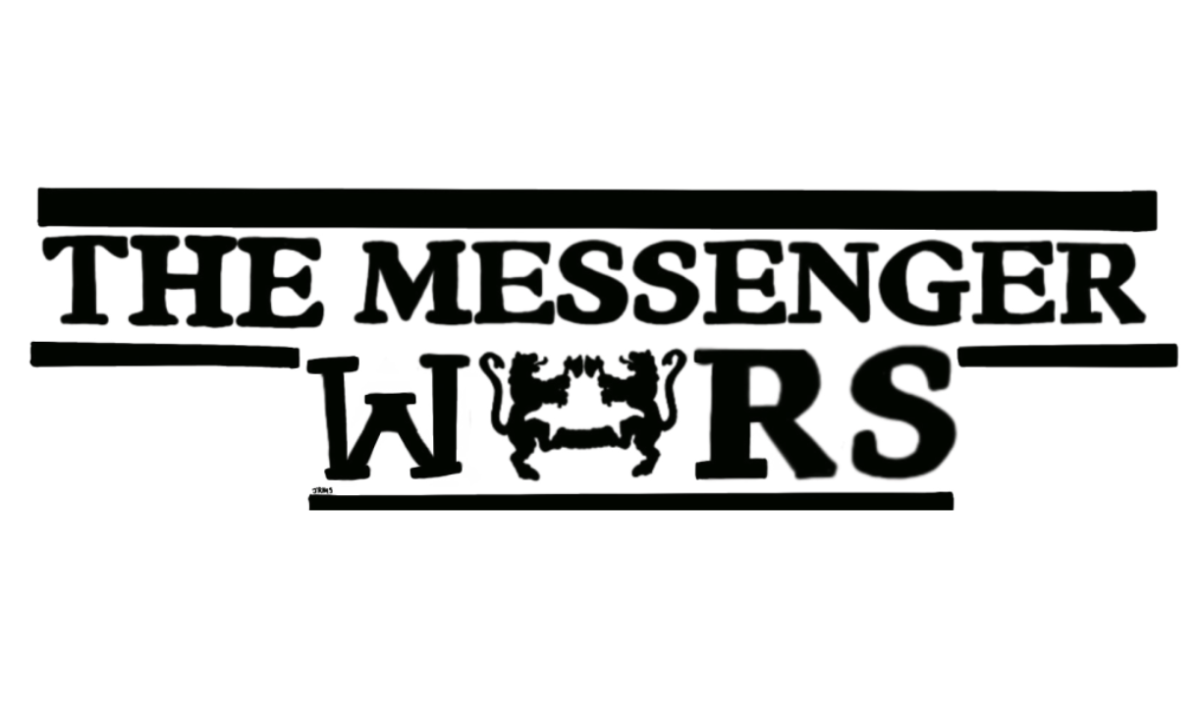It was hard to miss the red equal signs that flooded Facebook and Twitter these past few weeks. Overnight, my newsfeed transformed into a red canvas showcasing support for marriage equality in America.
I immediately jumped on the bandwagon and changed my own cover photo and profile picture, hoping to show my support for equal marriage. But I wasn’t aware of the growing tensions emerging within the LGBTQ community amidst this strong visual wave of support for gay marriage.
The LGBTQ community is not addressing many of the issues that go beyond marriage rights. Various groups of people have been left behind in this developing movement, a movement that was supposed to push closer to equal rights for everyone. I began to wonder, what do these equal signs really represent? Maybe I should understand what they mean before I blindly follow my friends.
The Human Rights Campaign, HRC has been a key leader in the march towards marriage equality in America for some time. In fact, the Facebook profile pictures are an alteration of HRC’s logo, also an equal sign.
But HRC’s cause is gay marriage rights. Their campaigns present marriage equality as the end goal for overall equality in America – the last step. But, in truth, marriage equality is just one of many steps needed to achieve full equality for members of the LGBTQ community.
No, I’m not saying that HRC doesn’t support equal rights for the LGBTQ community. But where are their movements for the issues that go beyond equal marriage? Where is the support for all members of the LGBTQ community who are bullied for their race, sexual orientation or gender identity? Transgendered people do not receive as much support as gays and lesbians do in this equal marriage movement. What about the many homeless youths who associate with the LGBTQ community? HRC is leaving these people behind in their forward-moving campaign. Many members of the LGBTQ community are angry with HRC for failing to recognize this.
This theme of people being left behind is not recent. In 2007, HRC left the “T” off LGBT in their Employment Non-Discrimination Act in an effort to obtain enough votes to pass it in the Senate. While they were unsuccessful, the act of dropping the “T” showed that while HRC proposes equal rights for all, certain groups still feel under-represented.
Gay marriage has also been at the forefront of political campaigns, especially with all the press during the gay marriage cases being debated in the Supreme Court. Here at St. Olaf, many students stood up for the gay marriage cause during the “Vote No” campaign this past election season. This debate over marriage laws at state and national levels is at the front of both politics and news in the U.S. Constant coverage keeps the issue alive and ignites an unyielding passion in citizens.
So while I support marriage equality at the national level, I believe it is still important to be informed about the other issues facing the LGBTQ community. Once marriage becomes equal for everyone, there will still be other groups that need rights recognized. The right to associate as transsexual or transgendered, or even the right to open self-expression. Marriage equality is not the end of the line. It is only the beginning.
What seems like a simple profile picture actually has hidden roots in a much deeper controversy. How can we be proponents for equality if we don’t even understand which people are still fighting for rights? The U.S. is the home of the free. So how are there groups of people still oppressed for being who they are?
Katie Haggstrom ’14 [email protected] is from Omaha, Neb. She majors in English.


